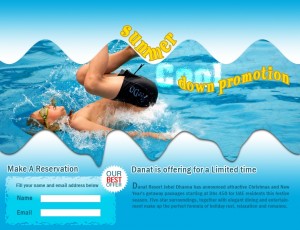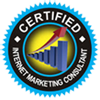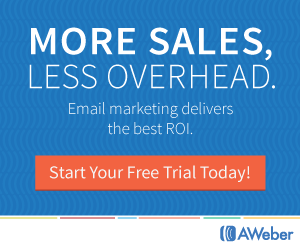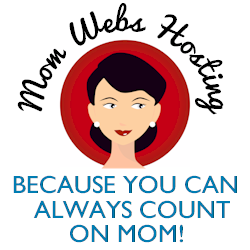
Knowing your market and who your buyers already are, is the most crucial information you can know in finding your perfect customer. New client prospecting is a process that you can’t just rush through. Here are 4 tips that can help you in building a customer base. Follow these steps before you spend another minute or another dollar going after new customers.
Who is Your Audience? Identify Your Target Market.
Define who your prospect is and who it isn’t. This seems like common sense but evidently it’s not. I see this as a huge problem especially for those who think more is better than targeted in the social media arena. If you sell products related to menopause, boys and younger women are not your market. You’d do better to focus your marketing on middle aged women and spend your time, money, and effort on that target audience.
If you sell cars however, you might think to yourself, well…everybody needs a car so everybody is my target audience. I say, that’s still not right. Think about what you’re selling. Are you selling used cars to a budget conscious audience? Are you selling cars for people with credit problems? Are you selling luxury cars? Each of these is a separate audience and a separate target market. A Lexus driver isn’t interested in used cars from a company that caters to the buy and pay here market and someone who has credit problems isn’t in the position to be shopping for a Lexus.
Collect Your Buyers Demographic Information
Think about your previous clients and customers. Who are they? Gather this information by asking your customers questions. Developing a marketing strategy is much easier when you know you’re the answers to who your customers are. You should know at the very least, your customer’s age, sex, income, and what made them buy from you. While it’s important to know things like how they found you that isn’t enough. You can then spend your marketing budget promoting and advertising to those in the demographic that you already know are in your buyers demographic.
If you haven’t collected this information, try sending those who have already bought from you a survey. My good friend and mentor @mariagudelis has a tutorial on how to set up a survey using Google Docs (a free service) that you can find here.
Pain or Pleasure?
It really all boils down to the fact that people buy for only two reasons. Either they buy to move away from pain or they buy to move closer to pleasure. Again, using our car lot example above, someone who is taking the bus to work because he doesn’t have a car and doesn’t have any credit is buying because of pain. The Lexus driver is moving toward pleasure. Know what your buyers are driven by, provide the solution, and then focus on filling that need by promoting and marketing to that market.
Keep Your Competitors Close to You.
Look at your biggest competitor’s web sites, and other advertising and promotional materials. Ask yourself, “What are they doing that is working for them that I’m not doing? Find the hidden meanings in their offers. Perhaps you’re focusing too much on the features of your products and not the benefits. Pick through your competitors information and pull out the benefits and figure out what buttons they are hitting with the customers.
Happy Prospecting!
![]()






